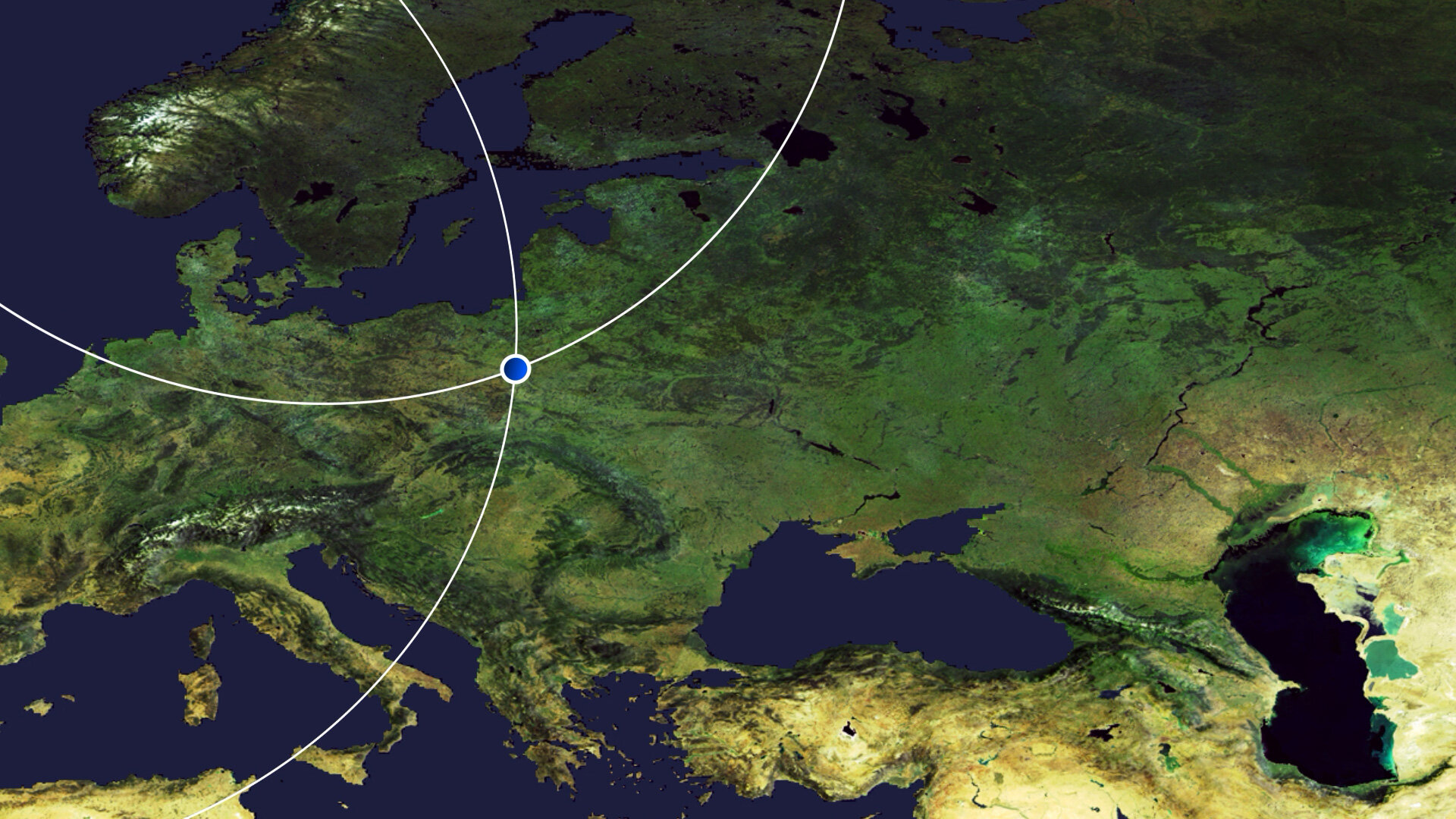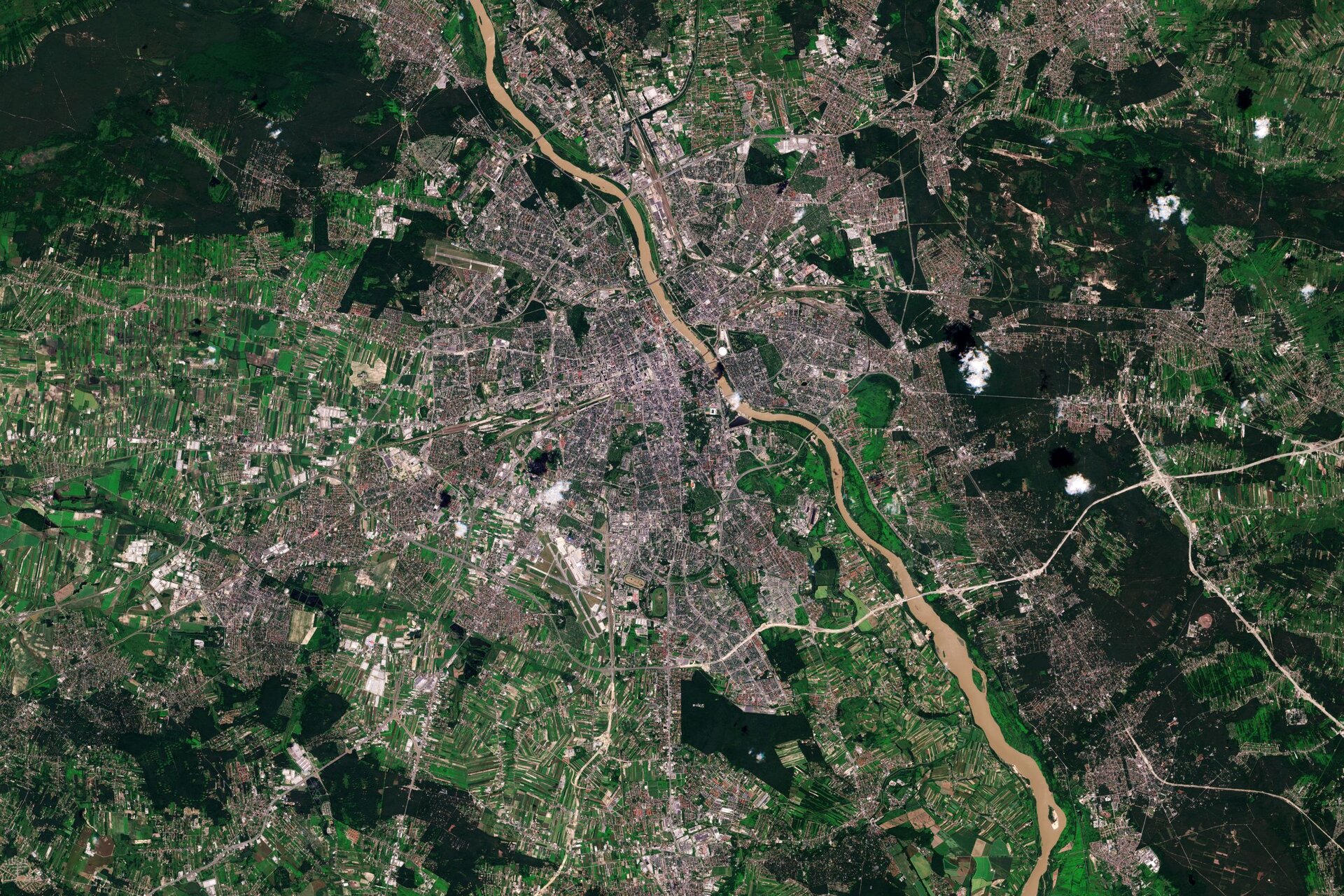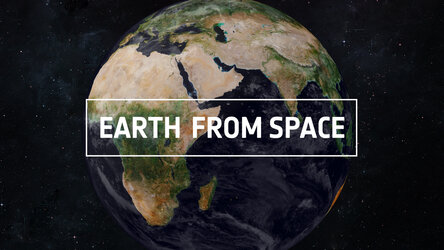Earth from Space: Warsaw, Poland
The Copernicus Sentinel-2 mission takes us over Warsaw – the capital and largest city of Poland.

Located in east-central Poland, Warsaw lies in the heartland of the Masovian Plain, around 280 km from the Baltic coastal city of Gdańsk. The city saw more than 85% of its buildings destroyed during World War II, yet, despite its hardships, Warsaw has risen from the ashes – earning itself the nickname ‘Phoenix City.’
Warsaw straddles the Vistula (Wisla) River, the largest river in Poland. With a length of around 1000 km and a drainage basin of some 195 000 sq km, the Vistula is an important waterway to the nations of Eastern Europe.
The agricultural fields surrounding Warsaw, visible in the left of the image, are very distinctive with their small and highly fragmented shape. These unique agricultural structures are most likely due to the fact that many farms are private, with most fields covering a relatively small area (around 9 hectares on average).
Divided into right and left bank portions by the river, Warsaw extends around 30 km from north to south and around 25 km from east to west. On the west bank of the river, lies Warsaw’s historical Old Town (Stare Miasto) which holds the most prominent tourist attractions and was designated a UNESCO World Heritage Site in 1980.
East of the Vistula lies the Narodowy National Stadium, a retractable-roof stadium used for professional football, concerts and was used as the location of the United Nations Climate Change Conference (COP-19) in November 2013.
Warsaw is also home to a prominent statue dedicated to the mathematician and astronomer Nicolaus Copernicus, which stands near the Polish Academy of Sciences. Copernicus was an important figure to humanity’s understanding of the universe. His theory of the heliocentric universe, the notion that Earth orbits the sun, went against the Ptolemy’s system which had been in place for a thousand years, which stated that Earth was at the centre of the solar system.
Owing to Copernicus’ pioneering contribution to modern science, the European Union named their Earth observation programme after him. The programme provides accurate, timely and easily accessible information to monitor our planet and its environment, understand and mitigate the effects of climate change and ensure civil security.
For more information, visit Europe’s Copernicus programme.
This image is also featured on the Earth from Space video programme.


Access the video







